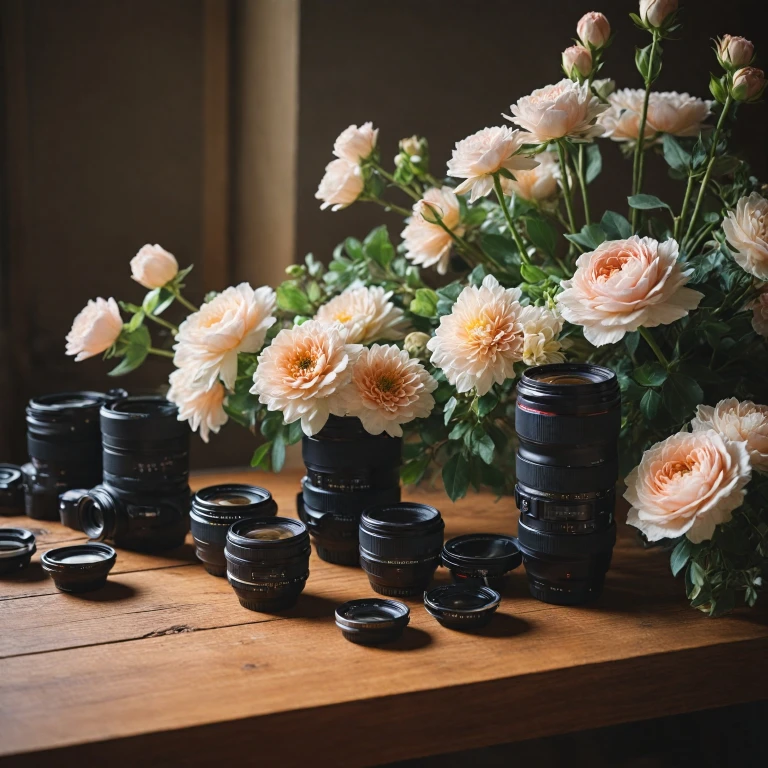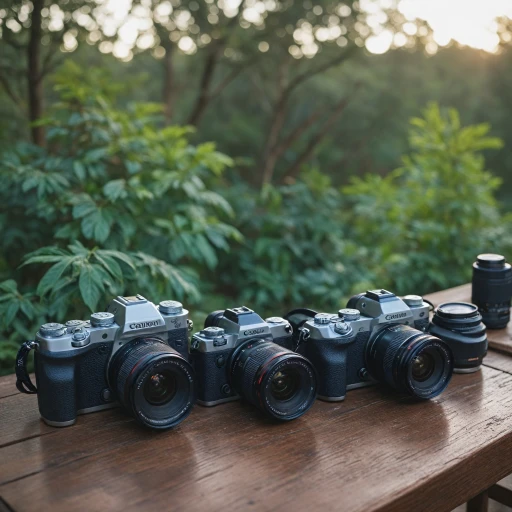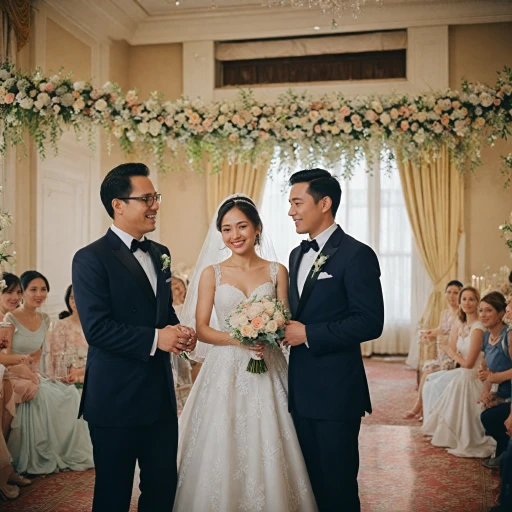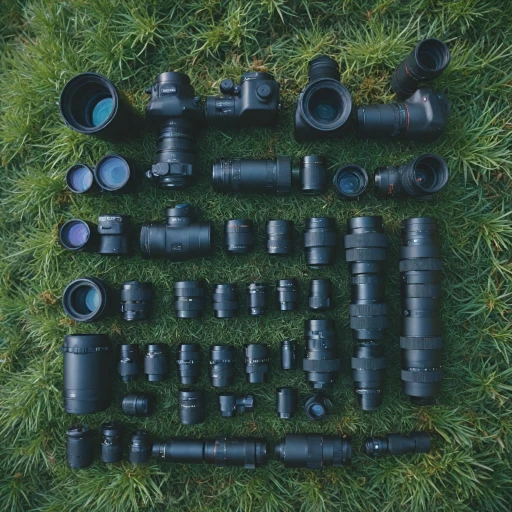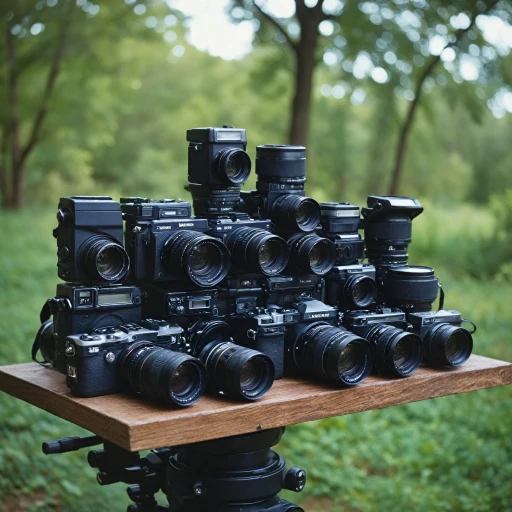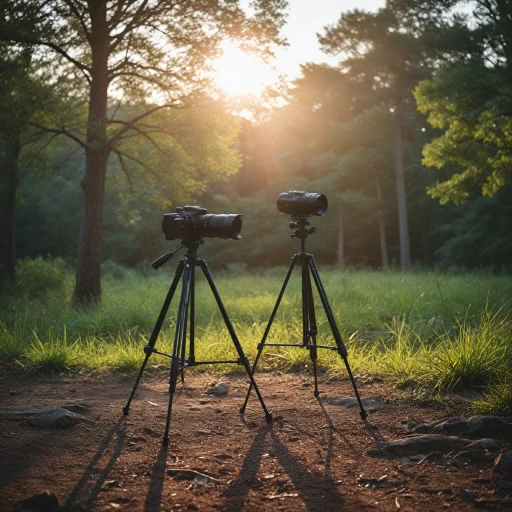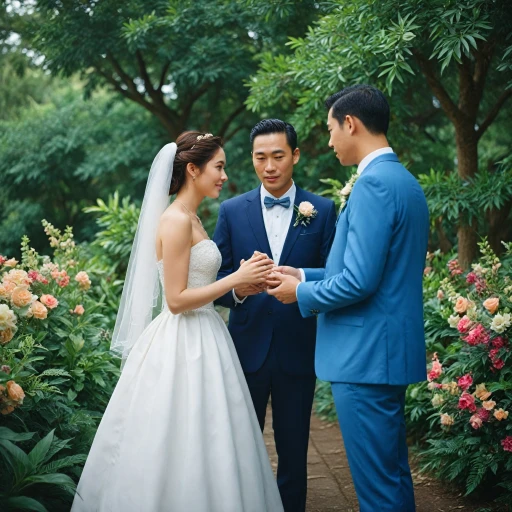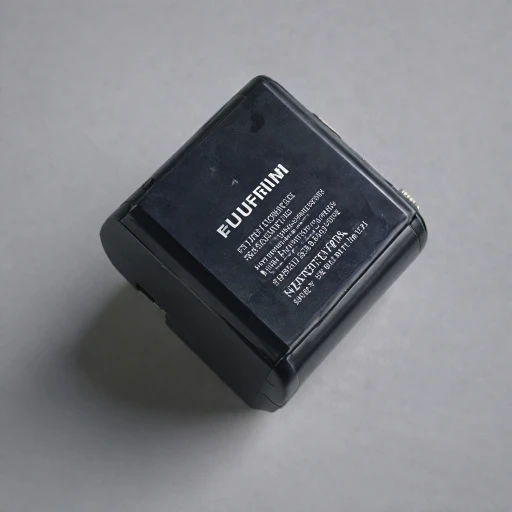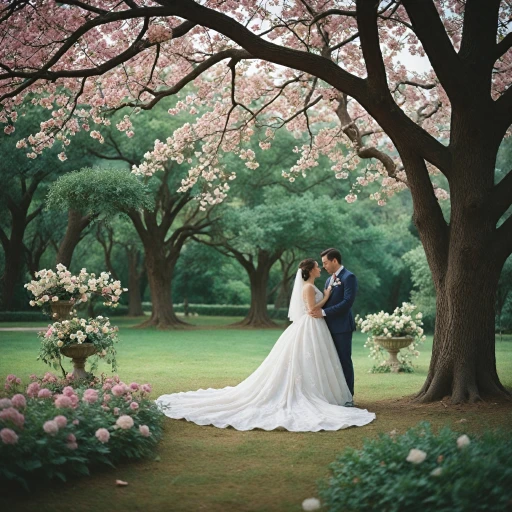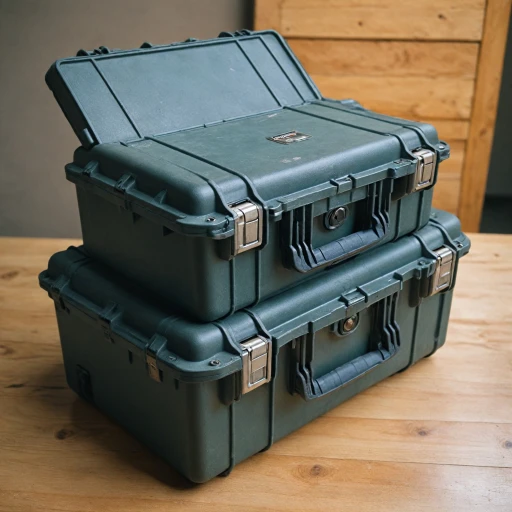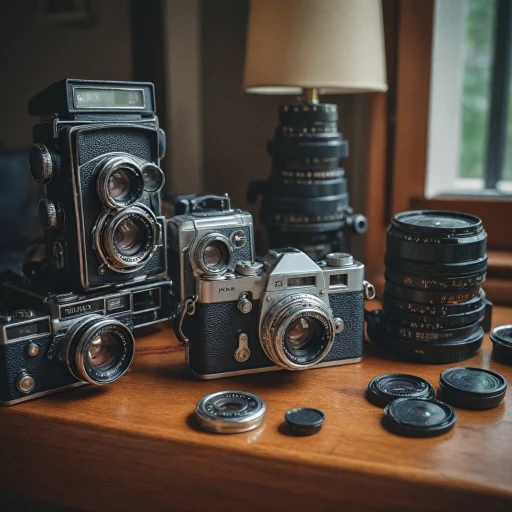
Understanding the importance of lens choice
The Critical Role of Lens Selection in Wedding Photography
Choosing the ideal lens for your camera can be the difference between capturing stunning images and missing perfect photo opportunities on the wedding day. The focal length, brand, and type of lens all play a crucial part in the artistry of wedding photography. Whether you're preparing for an elegant indoor ceremony or an expansive outdoor celebration, a well-chosen lens helps you adapt to various lighting and spatial challenges typical of a day so full of fleeting moments. In wedding photography, lenses are not just tools; they're extensions of the artistic vision. An appropriate lens can enhance image quality significantly, providing more profound depth, increased detail, and the ability to shoot in low light, which is often a concern with events such as indoor ceremonies or candle-lit receptions. When considering lenses, options abound from the precise Canon USM and Sony G Master series to the versatile Sigma Art and classic Nikon Nikkor. Each of these lenses offers unique features—like wide-angle capabilities, ideal for group photos, or macro lenses for capturing intricate details such as wedding rings or textures on wedding attire. A well-rounded lens selection allows a photographer to pivot seamlessly between shooting quick-moving candid shots of guests and orchestrating awe-inspiring posed portraits. With wedding days being notoriously hectic, the choice between prime lenses—known for superior image clarity—and zoom lenses—appreciated for their versatility—often comes down to the photographer's style and the wedding environment. Ultimately, great wedding photography demands both technical understanding and creative adaptability. For those beginning their journey or seeking lower maintenance complexities, understanding essential lens care tips is pivotal to prolong camera lens life and maintain the integrity of photography art.Prime vs. zoom lenses: which is better for weddings?
Prime Lenses: The Art of Simplicity
Prime lenses, known for their fixed focal length, offer a unique advantage in wedding photography. They are typically lighter and more compact, making them easier to handle during the hustle and bustle of a wedding day. The simplicity of a prime lens can lead to sharper images and better performance in low light, which is crucial for capturing those intimate moments in dimly lit venues. With a wide aperture, prime lenses excel in creating beautiful bokeh, allowing the subject to stand out against a softly blurred background.
Zoom Lenses: Versatility at Its Best
Zoom lenses, on the other hand, provide the flexibility of multiple focal lengths in one lens. This versatility is particularly beneficial when you need to quickly adapt to different scenes without changing lenses. For instance, a 24-70mm zoom lens can cover wide-angle shots of the ceremony and tighter portraits of the couple, all in one go. While they may be heavier than prime lenses, the convenience of not having to switch lenses frequently can be a significant advantage on a busy wedding day.
Making the Right Choice for Weddings
When deciding between prime and zoom lenses for weddings, consider the specific needs of your photography style and the wedding environment. If you prioritize image quality and low-light performance, prime lenses might be your best bet. However, if you value flexibility and the ability to capture a variety of shots quickly, zoom lenses could be more suitable. Ultimately, many photographers find that a combination of both types of lenses offers the best of both worlds.
For more insights on essential lenses for wedding photography, check out this must-have lenses for capturing wedding moments guide.
Top lens recommendations for wedding photography
Essential Lens Choices for Superior Wedding Photography
Selecting the best lens for wedding photography is crucial to capturing unforgettable moments on a couple’s special day. It's not just about choosing between a wide angle or macro lens; there is an art to selecting the right camera equipment that will depend on the environment and the style of the wedding. When looking at different camera brands such as Canon, Nikon, or Sony, each offers a range of lenses suited for weddings. Canon USM lenses are popular for their fast autofocus, essential for those impromptu shots. The Sigma Art lens series also finds favor among professionals for its exceptional image quality and versatility, which allows for a perfect fit in both broad daylight and low light conditions.- Wide Angle Lenses: These are invaluable for group photos, capturing the grandiosity of the venue, and making the most of the wide vistas during outdoor ceremonies.
- Prime Lenses: Known for their sharp images, prime lenses with a wide aperture and low light capability provide beautiful background blur, or bokeh, making them ideal for portraits.
- Macro Lenses: Although not always considered a staple for weddings, they allow photographers to capture intricate details such as rings, dress details, and floral arrangements.
Adapting to different wedding environments
Adapting to Various Wedding Settings
Wedding photography is a dynamic field where adaptability is key. Each wedding presents unique challenges, from dimly lit venues to expansive outdoor settings. Choosing the right lens can make all the difference in capturing those perfect moments.
When shooting in low-light environments, such as indoor ceremonies or evening receptions, a lens with a wide aperture is essential. Prime lenses, like the Canon USM or Sony lens, are excellent choices due to their ability to let in more light, resulting in sharper images with less noise. The Sigma Art series also offers great options for low-light photography.
For outdoor weddings, a wide-angle lens can be invaluable. It allows you to capture the grandeur of the venue and the gathering of guests. The Nikon Nikkor wide-angle lenses are particularly popular for their clarity and depth.
Switching between different focal lengths is often necessary during a wedding day. A versatile zoom lens can be a great asset, allowing you to quickly adapt to changing scenes without missing a beat. Brands like Canon and Sony offer zoom lenses that provide flexibility without compromising on image quality.
Finally, consider the use of a macro lens for capturing intricate details, such as wedding rings or floral arrangements. These lenses excel at close-up photography, bringing out the fine details that add depth to your wedding photography portfolio.
By understanding the strengths of each lens type and how they apply to different wedding environments, you can ensure that you're always prepared to capture the best images, no matter the setting.
Budget-friendly lens options
Affordable Lens Choices for Wedding Photography
When it comes to wedding photography, selecting the right lens is crucial, but it doesn't have to break the bank. There are several budget-friendly options that still deliver excellent image quality and versatility, ensuring you capture those unforgettable moments on the wedding day.
- Canon EF 50mm f/1.8 STM: Often referred to as the "nifty fifty," this prime lens is a favorite among photographers for its sharpness and low-light performance. It's a great choice for capturing portraits and candid shots during weddings.
- Nikon AF-S DX NIKKOR 35mm f/1.8G: This lens offers a wide angle of view, making it perfect for group shots and capturing the ambiance of the venue. Its affordability and quality make it a staple in many wedding photographers' kits.
- Sony 50mm f/1.8 OSS: For those using Sony cameras, this lens provides excellent image stabilization and a wide aperture, ideal for low-light conditions often encountered during weddings.
- Sigma 17-50mm f/2.8 EX DC OS HSM: A versatile zoom lens that covers a wide focal range, making it suitable for various wedding photography scenarios. Its constant aperture ensures consistent exposure across different focal lengths.
While these lenses are budget-friendly, they don't compromise on quality. They offer great performance, allowing you to adapt to different wedding environments and capture stunning images without the need for high-end equipment. Remember, the best lens is the one that complements your style and meets the demands of the wedding day.
